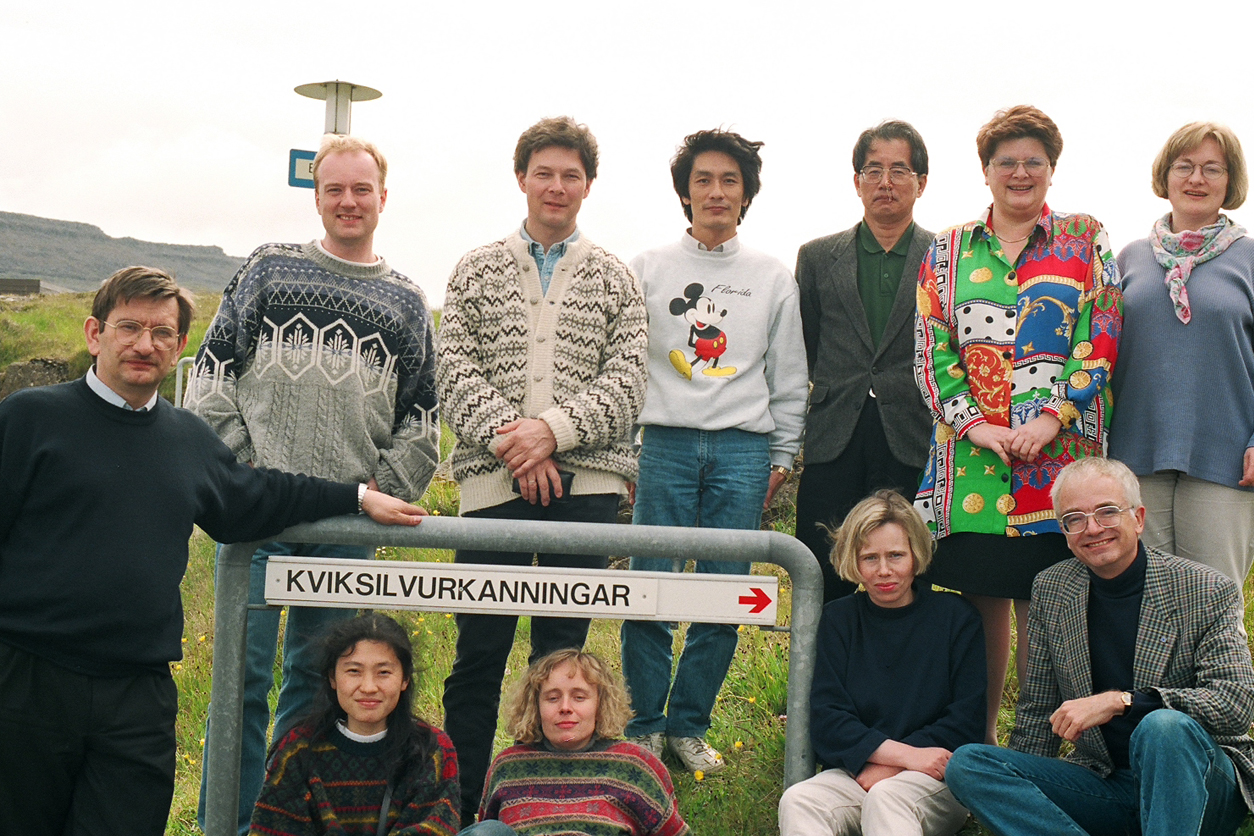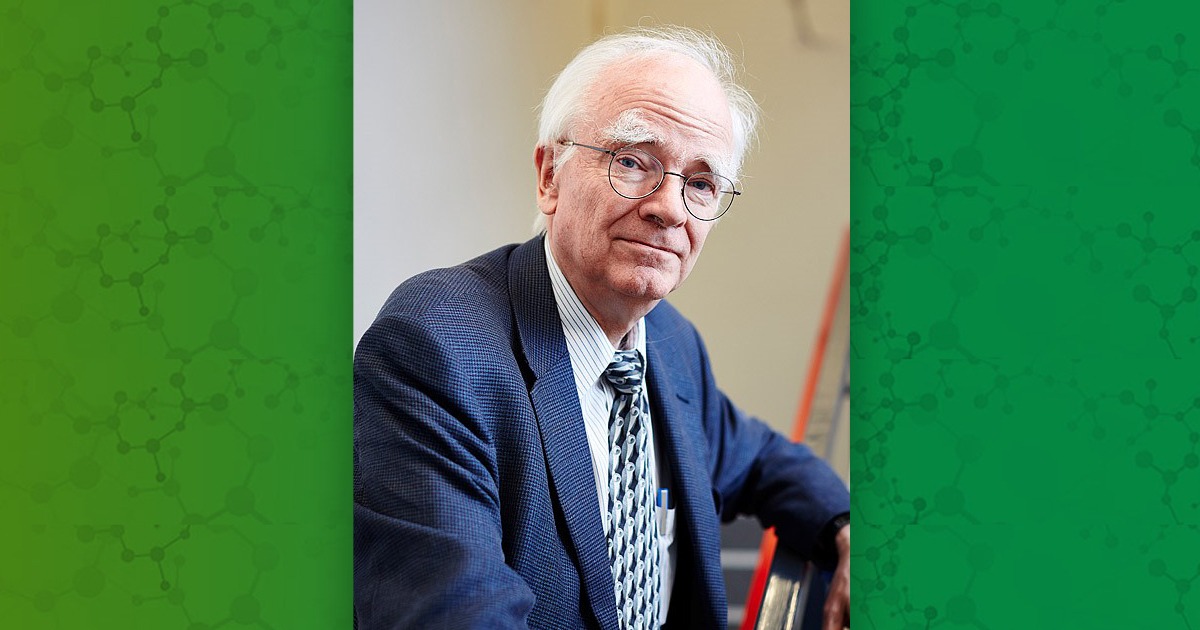Philippe Grandjean, M.D., D.M.Sc., has forged a decades-long career in environmental health. Buoyed by NIEHS support since 1992, he has examined the biological effects of exposures to chemicals such as mercury, lead, and polychlorinated biphenyls (PCBs). As an investigator with the NIEHS-funded University of Rhode Island Superfund Research Program Center (SRP), Grandjean also works with communities in the Faroe Islands, an archipelago between Iceland and Norway, to study how persistent chemicals known as PFAS affect health.
Grandjean spoke with Environmental Factor about his research journey, his take on PFAS, and his plans for future research.
Environmental Factor (EF): What inspired you to study environmental health?
Grandjean: As a young birdwatcher, I worried about our environmental impact on birds, such as the storm petrels in the Faroe Islands. I wondered if the same toxicants that harm birds could also affect humans. At the time, I was not sure how to handle these concerns.
Fortunately, I was inspired by both my mentor, Irving Selikoff [M.D.], and a person affected by environmental pollution, Shinobu Sakamoto, early in my medical career. Seeing their courage in advocating for environmental protection inspired me to study environmental health. I started by studying lead pollution and asbestos, and now we are focused on PFAS.
EF: You have researched PFAS for more than 15 years. What do we know about their health effects, and when will we know enough to act?
Grandjean: Research shows that PFAS could have many harmful effects. Infants exposed to elevated levels of PFAS may have poorer immune functions, high cholesterol, a tendency toward prediabetes, and a tendency toward obesity. PFAS are also connected to various cancers.
However, the continued request for proof of harm leads to inaction. The research we have done should already trigger an effort to remove PFAS. They should, in my mind, be a matter of history.
EF: How can people limit their exposure to PFAS in the meantime?
Grandjean: A common source is drinking water. You can ask your water provider for a report on the levels of PFAS in the water system and use bottled water if levels are high. [The report includes information by water system but not by household; refer to EPA’s interim health advisory].
Seafood is also a significant dietary source of PFAS. Large fish high on the food chain can contain higher levels of PFAS because PFAS bioaccumulates in bigger fish when they eat small fish with PFAS. In addition, clams and other organisms that feed on filtering water may contain higher levels of PFAS. Rather than tuna and swordfish, consider choosing to eat salmon or tilapia instead, and always check for advisories when planning to consume locally caught fish and shellfish.
Finally, you should vacuum regularly at home. Particles from PFAS-coated clothing and furniture are released inside the home and can be ingested or inhaled. We always find PFAS in vacuum dust.
EF: What have been some personal highlights of your career?
Grandjean: I am proud of safety standards my research helped inform. When the U.S. Environmental Protection Agency calculated the PFAS reference dose, which is the upper limit of daily exposures where no adverse effects on human health are observed, we helped make the calculations based on our data. [Read more in this SRP Public Health Impact Story.] The European Union developed maximum exposures for methylmercury based on the neurotoxicology work we did. It is a privilege to effect change in the world for the betterment of everyone.

EF: Where will your research take you next?
Grandjean: I want to examine other aspects of environmental health — the threats of the future, such as climate change, and the effects of prenatal chemical exposures. We are just beginning to understand how to protect the health of the next generation, and we need to know more so we can act more efficiently than we are now.
[This interview has been edited for length and clarity.]
(Michelle Zhao is a science writer for MDB, Inc., a contractor for the NIEHS Division of Extramural Research and Training.)
Source link
factor.niehs.nih.gov

